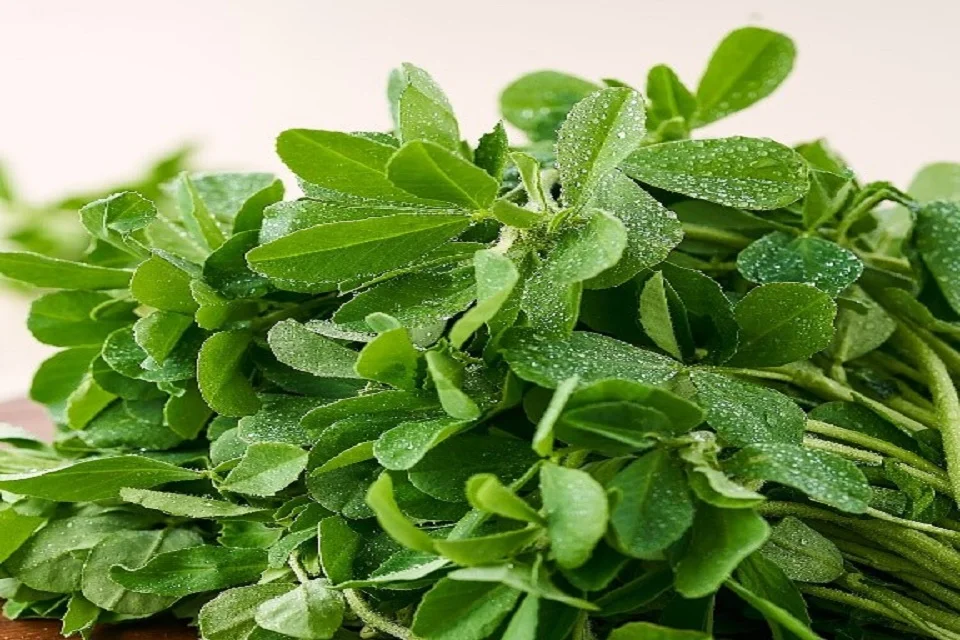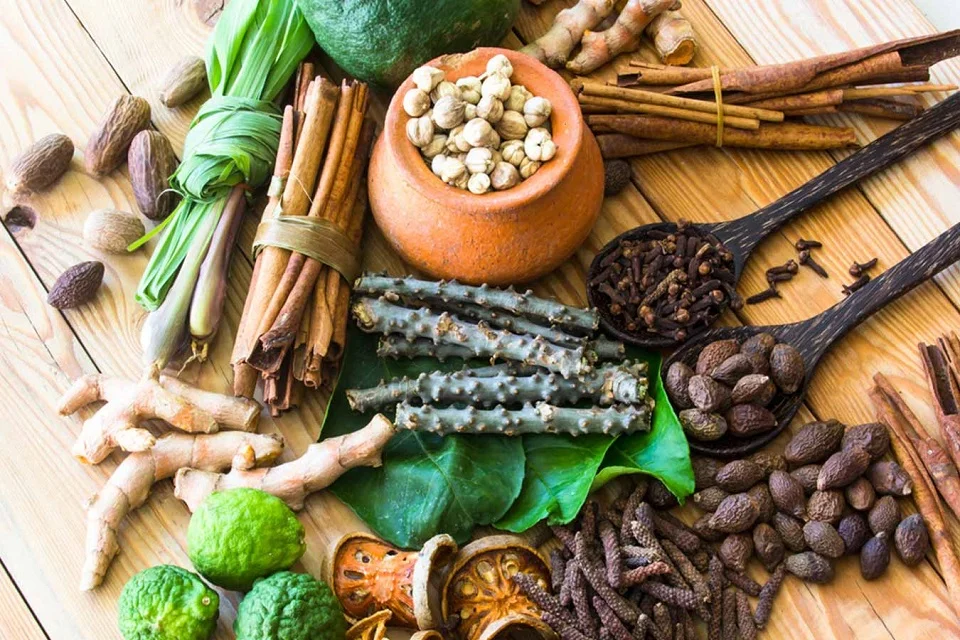Benefits of Arjun, dosage, side effects, and how to use?
What is Arjun? The Arjuna tree is a revered plant in Ayurveda, known for its medicinal properties and many benefits of …

What is Arjun?
The Arjuna tree is a revered plant in Ayurveda, known for its medicinal properties and many benefits of arjun. Native to India, its bark has been utilized for centuries in traditional Ayurvedic medicine. Rich in antioxidants and essential compounds, Arjuna is believed to support heart health by helping manage cholesterol levels and improving cardiovascular function. Additionally, it is praised for its anti-inflammatory properties, making it a valuable herb for overall well-being.
Arjun in Ayurveda
Acharya Charaka delineated benefits of Arjun in the Udarda prasaman group (C.S.Su. 4). Bṛhat Trayi have indicated in for Raktapitta, Arsha, Kustha, Prameha, Muträghāta and Vrana but not Hṛdroga. It is Vṛinda madhav, Chakrapani, and Sodhala who have highlighted the role of Arjuna in Hrdroga. Sushruta mentioned Arjuna and Kakubha separately (S.S.Ka. 6/3). Dalhana in this context opined that Kakubha is a shrub with aromatic roots and it may be Artagala. Though Dalhana’s comments confuse us, its identity is usually made with Arjuna or a variety of Arjuna
In Rgveda, the word Arjuna is used either to indicate white color or leucoderma (R.V. 1/122/5). Sounaka also opined the same but Sayana commented it as Arjuna Vrkṣa. Sāyaṇa described ‘Tula’ ‘Mañjari’ and one of its synonyms is Phalguna. The ‘Babhru Tüla Phalguna’ is considered as the best Medhya according to Jaimini Brahmana (1/354). Other Brahmana granthas and Śrouta sutras have delineated Arjuna as the substitute for Soma. Some consider that Jangida mentioned in Atharva Veda is T. arjuna.
Origin
Kathaka Samhita quoted two kinds of Arjuna viz., Lohita Tūla and Babhru Tula. Hindu mythology documented that these two plants have their origin when lord Indra killed a giant Vṛtra. The blood (Rakta) and Lasīkā of Vrtra have attained the form of Lohita Tula and Babhru Tula respectively.
What is Morphology of Terminalia arjuna?

Latin name– Terminalia arjuna W.& A. (Fam. Combretaceae)
Terminalia arjuna is A large tree with 20-25 m height, trunk often buttressed, smooth grey bark. Its Leaves are sub-opposite, hard, coriaceous, oblong or elliptic, 10-20 cm long. Flowers are yellowish-white, borne in short panicled spikes. The Arjuna bark is grayish-white with a smooth texture. It peels in large, thin layers, revealing a pinkish layer underneath. Fruits are 2.5-5 cm long, obovoid oblong, with 5-7 equal, hard, coriaceous, thick narrow wings. Flowers in March-June and fruits occur in September-November. It is Distributed Commonly on the river banks, and stream and is found almost throughout India..
Type of Arjun
If we consider Arjuna and Kakubha as two different kinds or even if we notice the common practice of using and of Arjuna there are two varieties
- White variety (T. arjuna)
- Black variety (T. alata/ T. tomentosa)
Synonyms
Kakubha, Partha, Svetavaha, Dhaval, Kakubha, Virvriksha, Nadisarja, Indradu
Classical Categorization
- Charak: Udardprashmana, Kashaya skandha
- Sushruta:Nyagrodhadi, Salsaradi
- Vaghbhatta:Virtarvadi, Nyagrodhadi, Asanadi
Other/Regional Language Names
- English:Arjun tree
- Gujarati:Sadad, Arjuna, Sajada
- Hindi:Arjuna
- Kannada:Matti, Bilimatti, Neermatti, Mathichakke, Kudare Kivimase
- Malayalam:Nirmasuthu, Vellamaruthi, Kellemasuthu, Mattimora, Torematti
- Marathi:Arjuna, Sadada
- Oriya:Arjuna
- Punjabi:Arjon
- Tamil:Marudam
- Telugu:Maddi
- Urdu:Arjun
- Assamese:Arjun
- Bengali:Arjuna
Constituents
Tannins, Arjunetin, Arjunone, Cerasidin, Arjunic acid, Arachidic stearate
Rasa Panchak
- Rasa:Kashaya
- Guna:Ruksha, Laghu
- Virya:Shita
- Vipaka:Katu
- Karma:Kapha-Pitta Hara, Hridya, Vrana nashana, Bhagna sandhana kara, Vyanga hara, Udardprashmana
References in Ayurvedic texts
अर्जुनस्य त्वचा सिद्धं क्षीरं योज्यं हृदामये ।
(वृन्दमाधव 31.8)
अर्जुनः ककुभः पार्थश्चित्रयोधी धनञ्जयः ।
वीरान्तकः किरीटी च नदीसर्जोऽपि पाण्डवः ।।
ककुभस्तु कषायोष्णः कफघ्नो व्रणनाशन:।
पित्तश्रमतृषार्तिघ्नो मारुतामयकोपनः ।।
(घ० नि० आम्रादिवर्ग 104-105)
अर्जुनः फाल्गुनः पार्थः ककुभो धूर्तभूरुहः ।
श्वेतवाहो नदीसर्जः मधुगन्धिप्रसूनकः ।।
अर्जुनस्तुवरः शीतो जयेत् पित्तकफव्रणान् ।
मेदो मेहास्र हृद्रोगस्वेदभग्नक्षतक्षयान्।।
(कै० नि० ओषधिवर्ग 819-820)
ककुभोऽर्जुननामाख्यो नदीसर्जश्व कीर्तितः ।
इन्द्रद्रुर्वीरवृक्षश्च वीरश्च धवलः स्मृतः ।।
ककुभः शीतलो हृद्यः क्षतक्षयविषास्रजित् ।
मेदोमेहव्रणान् हन्ति तुवरः कफपित्तहृत् ।।
(भा० प्र० नि० वादिवर्ग 26-27)
What are Benefits of Arjun?
- Hridroga
- Medoroga
- Bhagna
- Vrana
- Kshata-Kshaya
- Prameha
- Trishna
What is the use of Arjun in texts?
- Shukrameha- Decoction of Arjuna and Candana is beneficial (S.S.Ci. 11)
- Puyameha- Decoction of Dhava and Arjuna is beneficial (H.S. 3/28/7)
- Kushtha- Khadira, Aragvadha and Arjuna are used for Pana & Abhyanga (C.S.Ci. 7).
- Hṛdroga- Godhuma and Arjuna bark processed in oil, ghee, and jaggery is given orally with milk (G.N.)
How much is Dose?
3-6 g of the drug in powder form
What are the Useful Part
Tvak (Stem bark)

What are the side effects of Arjun?
- Decrease in serum concentration of thyroid hormones with the higher dose of Arjun
- May decrease the blood sugar level
- Mild body ache, headache, gastritis, and nausea
- Side effects are of taking the drug in high doses, under the guidance of qualified vaidya, or in appropriate doses it is safe to consume.
Additional information
List of formulations
- Parthadyarishta
- Nagarjurna rasa
- Arjuna ghrita
- Arjun kshirpaka
Morphology -Vriksha 60ft (Tree)
Research
- Medicinal properties of Arjun
- In a clinical study the role of Arjuna is studied over IHD and the drug is found to be effective in correcting the T-wave changes (Chaturvedi, 1967).
- The cardiotonic activity of Arjuna (T. arjuna) is reported from NIA, Jaipur (Jha, 1983).
- An experimental study was carried out in 50 dogs by liqating the coronary artery and T. arjuna decoction was administered (25 dogs in each group). At the end of the study histopathological study revealed that Arjuna significantly regenerated the cardiac tissues in the infarcted area. After carrying out coronary angiography in dogs treated with Arjuna it was noticed that new coronary vessels developed (Gupta, 1972).
- Its bark significantly decreased the elevated cholesterol and increased the HDL cholesterol. It was also noted that the low prostaglandin levels have been increased and high levels of catecholamines were brought down by the administration of the drug besides relief from symptoms like pain, palpitation, etc (Dwivedi, 1986).
- Serum lipids were found to be lowered by the administration of bark powder (10 mg/kg b.w.) in triton-induced hyperlipaemia. Chronic feeding of this powder (100 mg/kg b.w. p.o.) in animals simultaneously fed with cholesterol (25 mg/kg b.w.) for 30 days, caused a lowering in lipids and protein levels of beta-lipoproteins followed by an increase in high-density lipoprotein-cholesterol compared with the cholesterol-fed groups. T. arjuna altered lipolytic activities in plasma, liver, heart, and adipose tissues of hyperlipidemic rats. The lipid-lowering effect of this natural product was found to be mediated through inhibition of hepatic cholesterol biosynthesis, increased fecal bile-acid excretion, and enhanced plasma lecithin: cholesterol acyltransferase activity and stimulation of receptor-mediated catabolism of low lipoprotein (Khanna et al., 1996).
- Diet-induced hyperlipidaemic rabbits were given 50% ethanolic extract of bark. It effectively reduced the TCL, LDL, and TG levels. The extract did not show any adverse effect on liver and renal function and hematological parameters (Ram et al., 1997)
- T. arjuna and A. racemosus (1-4 g each/kg b.i.d./day) given for 15 days showed significant antidiabetic activity (Ind. Drugs. 1983 Aug. p. 432-435).
- Arjunalone a flavonoid from bark is reported for female contraception (Satyavati, 1983).
- The hypotensive and cardiotonic properties are reported (Hippokrates, 1982).
- The diuretic, hypotensive, and cardiotonic properties are reported (J. Res. Edu. Ind. Med. 1988 Oct-Dec. p.31-36).
- Marked reduction in total cholesterol and rise in the HDL are observed (Intl. J. of Crude. Drug Res. 1990, 28 (1): p.43-47).
- Bark extract (500 mg b.i.d.) given with other drugs for three months considerably improved the performance of the Treadmill test and exercise tolerance in IHD patients. No side effects are noticed (Ind, Med. Gazette, 1992, 126(2): p56-59).
- Arjuna bark (arjunolic acid) exhibited anti-acne activity (Int. Mat. Med. Vol. II p.278).
Conclusion
In conclusion, the benefits of Arjuna, derived from its esteemed status in Ayurveda, underscore its potential contributions to holistic health. With a primary focus on heart health, Arjuna’s bark, rich in antioxidants and exhibiting anti-inflammatory properties, is believed to support cardiovascular well-being. While studies suggest promising outcomes, it’s imperative to approach its incorporation into health routines with informed caution.








[…] Arjuna(Terminalia arjuna) Its bark significantly decreased the elevated cholesterol and increased the HDL cholesterol. It was also noted that the low prostaglandin levels have been increased and high levels of catecholamines were brought down by the administration of the drug besides relief from symptoms like pain, palpitation, etc (Dwivedi, 1986). […]